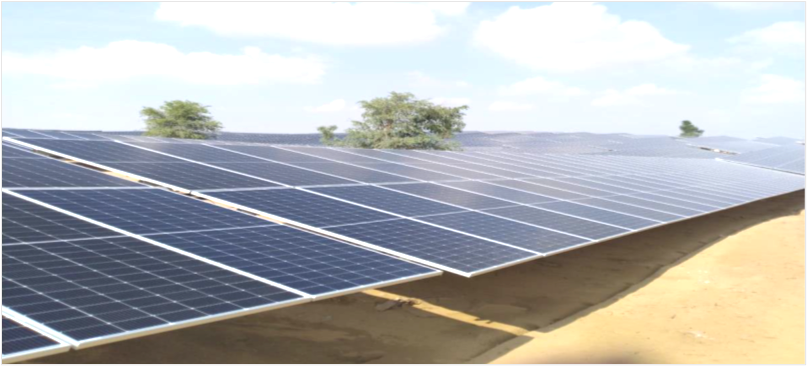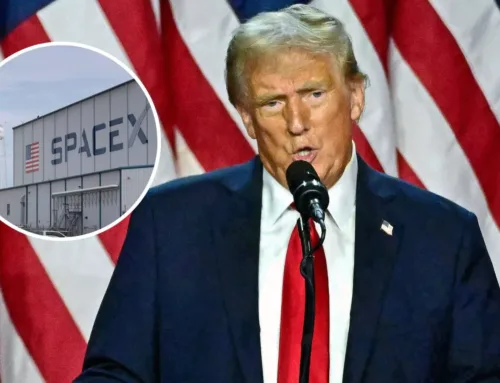Top Indian renewables states need ‘corrective actions’ to keep momentum
November 7, 2024

Despite boasting the largest deployed renewable energy capacities in India, with 29.9GW and 29.5GW respectively, Rajasthan and Gujarat would benefit from “corrective actions in their policies” to maintain their leadership and the momentum of India’s renewable energy rollout.
In its briefing note on the states’ policies, the IEEFA said that Rajasthan has the potential to deploy over 428GW of renewable energy, around 21% of India’s total potential capacity. Gujarat has the potential for around 220GW of renewable energy capacity.
The growth of renewables in these states has been enabled by their respective green energy policies, the IEEFA said, and targets which see Rajasthan aiming for 90GW of deployed capacity by the end of FY2030.
However, it said that insufficient grid infrastructure and the poor financial health of India’s distribution companies (DISCOMs, which sell power from electricity generators to consumers) which has in turn contributed to a loss of investor confidence, pose threats to the continued growth of Rajasthan and Gujarat’s renewable energy deployments.
Policy recommendations
IEEFA analyst Tanya Rana said that implementing well-adjusted Green Tariffs in the two states “can drive demand for renewable energy, encouraging further investments in renewable energy infrastructure without burdening consumers with high upfront costs.”
Green Tariffs in India are a method of purchasing renewable energy, often slightly higher than market rates, to ensure that the power a company is using is from renewable sources. The IEEFA said that Green Tariffs offer a “flexible, low-risk option to procure green power from DISCOMs, avoiding the complexities of open access and project financing.”
The IEEFA said that in Rajasthan, which currently does not have a Green Tariff system, introducing one could drive demand for renewable energy and stimulate investment in new sustainable infrastructure. It added that Green Tariffs can act as another income stream for DISCOMs, too, by attracting commercial & industrial (C&I) consumers with sustainability commitments.
Gujarat currently has the highest Green Tariff in place of any Indian state. That, the IEEFA said, could deter potential customers as the benefits do not outweigh the cost of the tariff. “Gujarat can maintain its role in advancing the renewable energy transition by balancing affordability and flexibility”.
Both states should also prioritise growth in distributed renewable energy, particularly rooftop solar installations. Around 7% and 15% of Rajasthan and Gujarat’s respective solar capacities are taken up with distributed solar, which the IEEFA said represents “substantial untapped potential”.
But distributed energy resources vastly increase the need for new grid connection and transmission capacity, which is lacking in both states. The IEEFA called grid modernisation “crucial” for enhancing the reliability of power systems and the expansion of renewable energy capacity. It highlighted investment into battery energy storage systems (BESS) as a particularly key advancement for the two states’ grid systems.
As India’s population, GDP per capita and urbanisationall continue to grow massively, its energy demands rise too. It is currently one of the largest producers of fossil fuel-related emissions on earth, and Rajasthan and Gujarat are poised to be the backbone of its transition towards renewable energy.
Search
RECENT PRESS RELEASES
Related Post




